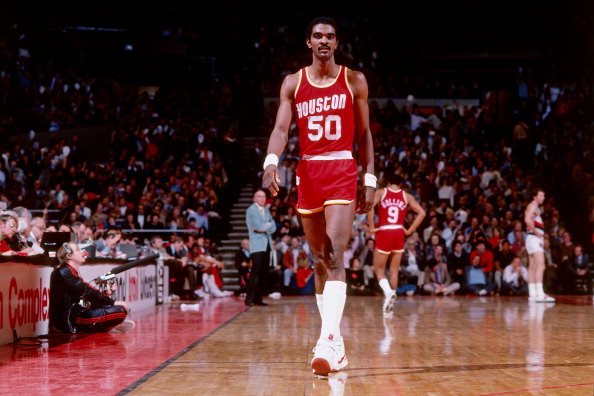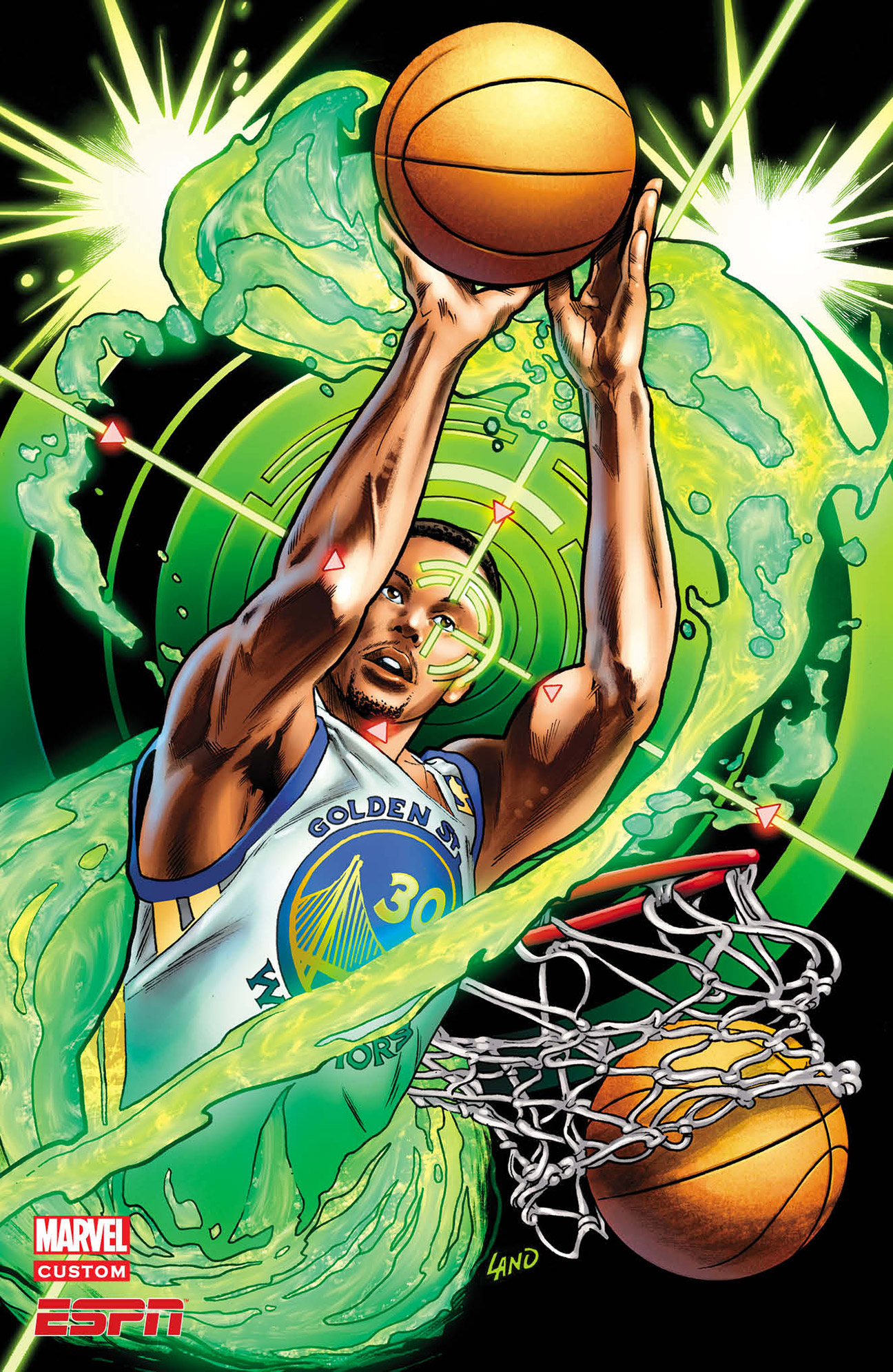

Being tall is important, but there does come a point of being too tall. What’s the lesson to be learned by all of this? Obviously, being short is bad. Thank goodness for Bill he played in the ’90s because in today’s NBA, bigs of this stature aren’t required to wear cement sneakers and can complete complicated technical maneuvers such as: pivoting. If Bill Wennington isn’t anecdotal proof that 7’0 is the ideal NBA height, I don’t know what is. Everything about 3X NBA champion Bill Wennington’s skill-set can be encapsulated in this autographed photo of Bill doing what Bill did best: presumably getting posterized and casually in-bounding the ball. Don’t get me wrong, I love Bill Wennington, but let’s call a spade a spade. Bill managed to make and stay in the league for 13 years at 7’0 while displaying the least amount of agility humanly possible. Bill Wennington is the perfect control study: the perfect height with zero actual skill. For every Dirk Nowitzski, there’s a Bill Wennington. Of course, this doesn’t mean everyone that’s 7’0 is automatically going to be good. And you might not have even noticed, but Mitchel Robinson broke Wilt Chamberlain’s #1 spot on that list in 2020. This idea seems to be corroborated by the fact that out of the top-250 NBA seasonal FG% leaders in NBA history, the average height of the entire group is 6’10. There’s something about being 7’0 (give or take a couple inches) that allows all the benefits of being tall without any loss is agility or skill. Sure, you don’t want a seven foot point guard, but don’t over-complicate it. The data seems to pretty clearly indicate that 7’0 is about the optimal NBA height. It lasted three games in which he scored a combined total of one made basket. And don’t feel too bad if you can’t recall the Sim Bhullar era. While Shawn Bradley played serviceable ball throughout his career, Tacko Fall just began his career in 2020 averaging a whopping 3.2 PPG to go along with a combined two career blocks. Out of 17 college players standing 7’4 or taller, only three made the NBA: Shawn Bradley, Tacko Fall, and Sim Bhullar. A noticeable decline occurs from 7’0 to 7’3 before the wheels on the tall wagon start to shake off. This gives credence to the obvious trend of increasing NBA promotion percentages from 6’0 to 7’0. (notable tall players such as Yao Ming, Manute Bol or Gheorghe Mureșan – all of whom did not attend American University – were not included in this research)įirst off, you’ll notice that sample size is much more in our favor here than the five-foot table.
CREATING A SUPER PLAYER BASKETBALL PLUS
But is taller always better? I expected as much, but as the following table of six-foot plus college players shows, there seems to be a threshold on the top end of NBA height: OK, not exactly breaking news to hear five-footers have trouble making the NBA. Oh well, I guess the NBA needs sweat scrubbers too. At that point, the one percent odds drops about in half.

The real height barrier threshold seems to occur for those 5’8 and under where you can literally count the number that made the pros on one hand. This might seem terrible, but when compared to an NBA promotion baseline of 3 percent for all D1 college players, it could be worse.

Here’s how things shake out for height-capable five-footers with the total number of college players at each height, along with the number and percentage that made the NBA:Īll in all, since 1985, only 42 out of 4,035 college players made the NBA (1 percent). So all in all, there is some data loss, but whatever – let’s run with it. As shown, the database recorded over 1,000 college players in their final college season vs what looks like about 1,500 in 1993. The blue dot represents the year we will start with (1985) to capture Spud Webb. (note the drastic drop around 1999 I’m suspecting has something to do with that year’s NBA lockout) And just to make sure the database didn’t just cherry-pick a select few all-stars between ’85 and ’93, I ran a quick chart of my scrape (below) to plot the number of players coming out of college each year: The site guarantees data on all college players since 1993, but I wanted to make sure we included a couple of the shorty GOATs, Muggsy Bogues and Spud Webb, so I included data going back to 1985 which includes a total of 52,302 players. Have you ever wondered what percentage of NCAA D1 men’s basketball players make it to the NBA by their exact height? I did, so I took a deep dive web-scraping height data on every college basketball player from over 350 D1 schools using College Basketball Referencefor the pure sake of figuring out which ones made the NBA.


 0 kommentar(er)
0 kommentar(er)
